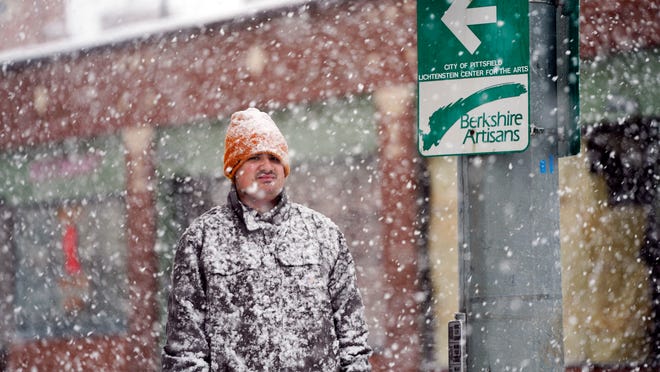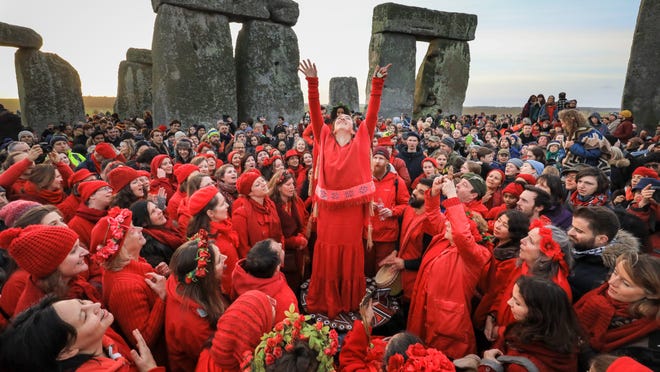[ad_1]
Winter has (officially) arrived.
As much of the U.S. deals with very frigid temperatures and powerful snowstorms, Wednesday marks the winter solstice – the astronomical beginning of winter in the Northern Hemisphere.
The astronomical beginning of winter means the Northern Hemisphere is tilted at its furthest point away from the sun at about 23.5 degrees. Being tilted away from the sun means it is the shortest day of the year, but there’s good news on the horizon for those that want longer days.
The date of the winter solstice varies from year to year and can fall anywhere from Dec. 20-23, but the 21st and 22nd are the most common dates.
Here is what to know about this year’s winter solstice:
What is a solstice?
A solstice is when Earth’s axis, north or south, tilt to the closest degree they get to the sun. This will signal the change in seasons, depending on if you’re in the Northern or Southern Hemisphere. The winter solstice means winter in the north, while in the south it means the summer time since it’s tilt is closest to the sun.
When the summer solstice happens in June, the roles are reversed.
We also have equinoxes – the March “spring” and September “fall” – when the day and nights are equal length, but signal the change in seasons.
When is the winter solstice?
The winter solstice happens at the same time no matter where you are in the Northern Hemisphere, which will be around 4:48 p.m. ET, according to the U.S. Naval Observatory and Time and Date.
At that time, the sun’s rays will be directly over the Tropic of Capricorn, a line of latitude that circles the Earth in the Southern Hemisphere.
How long will winter be?
Punxsutawney Phil doesn’t get a say in the astronomical timing of winter.
Winter lasts from the winter solstice to the March equinox, which is typically around 89 days. The 2023 March equinox is on March 20, meaning this winter will be 89 days long.

Does the winter solstice mark the coldest day on Earth?
No.
Even though this marks the official start of winter, most of the U.S. experiences its lowest temperatures in January because it takes time for Earth to cool down, which takes around a month. It’s similar to the summer solstice in that even though it happens in June, the U.S. sees its highest temperatures in July and August.
Does the winter solstice mean the days will get longer?
If you hate it getting dark so early, the light is at the end of the tunnel.
Although most places don’t have their latest sunrise or earliest sunset on the winter solstice, it is the shortest day of the year, meaning the day with the least amount of daylight.
Beginning Thursday, the days will get slightly longer and the nights will become shorter with each passing day. The longer days culminate with the summer solstice, also known as “the longest day.”
Go deeper
Contributing: Doyle Rice
Follow Jordan Mendoza on Twitter: @jordan_mendoza5.

[ad_2]
Source link
